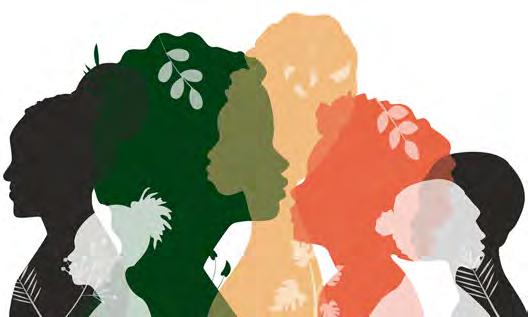
4 minute read
Inspirational Women
Born 1918, in White Sulphur Springs, West Virginia, Kathrine Johnson was hired in 1953 to work at the National Advisory Committee for Aeronautics’ Langley laboratory (which would eventually become commonly known as NASA) in the all-Black West Area Computing section led by Black American mathematician Dorothy Vaughan of the movie “Hidden Figures” fame. In May 1961, after her instrumental work for NASA’s Space Task Group, Johnson worked on the trajectory analysis for mission Freedom 7, a monumental piece of American history, as it was our first human spaceflight. She was so trusted, that during the preparation for astronaut John Glenn’s historic orbital mission, Glenn himself requested that she alone verify the numerical calculations for his capsule’s trajec -
Ethel l Payne
First Lady of the Black Press (1911-1991)
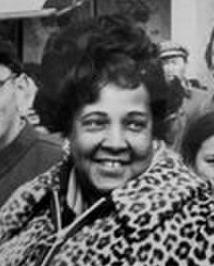
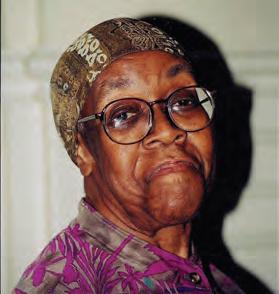

Ethel Payne played a large part in the history of the Black Press and the legacy of Black journalists. Known as the First Lady of the Black Press, Payne was the first African American woman to serve in the White House Press corps. She was relentless in her pursuit of truth, and was known to be fearless as not only a journalist, but also as a Civil Rights activist. In her time, she bore witness to some of the biggest moments in the history of the United States, writing about each event while working for the Chicago Defender. During her career she covered a wide array of events, ranging from both the Korean, and Vietnam War, to the Civil Rights movement. Payne tory into space. “If she says they’re good,’” Katherine Johnson remembers the astronaut saying, “then I’m ready to go.” Glenn’s flight marked a turning point in the race to space between the United States and the Soviet Union. Johnson would go on to make several more contributions to multiple missions throughout her time at NASA. She was awarded the Presidential Medal of Freedom, the highest civilian honor in America, by President Barack Obama, at the age of 97.
orothy Vaughn

NASA Pioneer (1910-2008)
When it comes to the pioneers of NASA, a name that stands tall is that of Dorothy Vaughan, an American mathematician. Vaughan was NASA’s first ever African American manager, as well as one of NASA’s few early female supervisors. From 1949 to 1958, she served as the head of the segregated, all-Black female West Area Computing Unit for the National Advisory Committee for Aeronautics, NACA (known today as NASA). After President Roosevelt signed Executive Order 8802 into law prohibiting racial, religious, and ethnic discrimination in the country’s defense industry, Langley Memorial Aeronautical Laboratory hired Black women in order to meet the rising demand for aeronautical research data. Vaughan and her fellow Black female mathe -
Mary Jackson
NASA’s First Black Female Engineer (1921-2005) maticians distinguished themselves in nearly every area of research at Langley, with Vaughan as their leader. Vaughan was an outspoken advocate for more challenging assignments for the women in NASA’s ranks. For nearly a decade, Vaughan would lead NASA”s West Computing unit, and become an expert FORTRAN programmer. She retired from NASA in 1971.
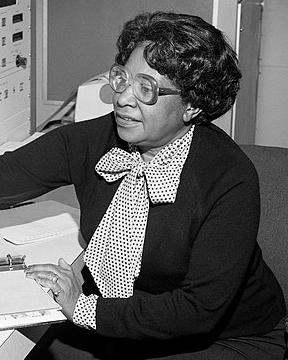
Photo credit: Brooklyn Public Library
Susan Mckinney
(1847-1918) was also a radio and television commentator, successfully paving the way for African American women in media. She is remembered for breaking down barriers in journalism, often taking angles and asking questions that other journalists simply were too timid to broach.
Susan McKinney was Brooklyn’s first Black woman physician and was the first African American woman to ever earn a medical degree in New York State in 1870. She was also a trailblazer for women’s rights and founded many clubs, clinics, and suffrage groups in the fight for racial inclusion.
Born on April 9, 1921 in Hampton, Virginia, Mary Winston Jackson would grow up to play a pivotal role as an engineer in several NASA divisions, in an era when female engineers were a rarity. In the 1950s, she was likely the only Black female aeronautical engineer in the field. Originally part of the National Advisory for Aeronautics (NACA), which later became the National Aeronautics and Space Administration (NASA), Jackson served as both an aerospace engineer and mathematician. For nearly two decades she authored or coauthored a dozen or so research reports, most focused on the behavior of the boundary layer of air around airplanes. Mary retired from Langley in 1985. Among her
Photo credit: HBCUPrelaw.org
Charlotte E. Ray
(1850-1911)

Charlotte E. Ray was a teacher and is credited as the first Black female lawyer in the United States and the first woman to practice law in Washington D.C. in 1872. Ray’s most notable case was the representation of a woman named Martha Gadley who petitioned for divorce against an abusive husband. Ray was able to argue that the husband’s drunkenness endangered Gadley and won the case.

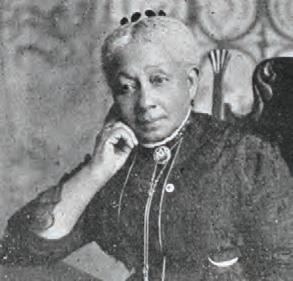
Lena Horne (1917-2010)
Lena Horne was the first Black woman to sign a long term contract with a major label in 1942. As a singer, actress, and civil rights activist, she made her broadway debut in Dance With Your Gods , and continued to perform in Noble Sissle & His Orchestra, Lew Leslie’s Blackbirds of 1939 ,and Charlie Barnet Orchestra. Her biggest role was in The Wiz (1978) as Glinda the Good Witch where she performed the famous song “Believe in Yourself.” many honors were an Apollo Group Achievement Award and her award as Langley’s Volunteer of the Year in 1976 for her efforts as chair of one of the center’s annual United Way campaigns, as a Girl Scout troop leader for more than three decades, and as a member of the National Technical Association (the oldest African American technical organization in the United States).
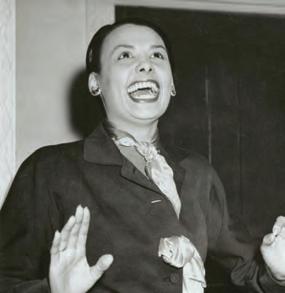
Mable KeatonStaupers (1987-1993)
Mabel Keaton Staupers was a pivotal figure in the fight of putting in African American nurses in the ranks during World War II. As a registered nurse, Staupers also lobbied for full integration of the American Nurses Association. Keaton Staupers found it important to improve the health of impoverished Black people.
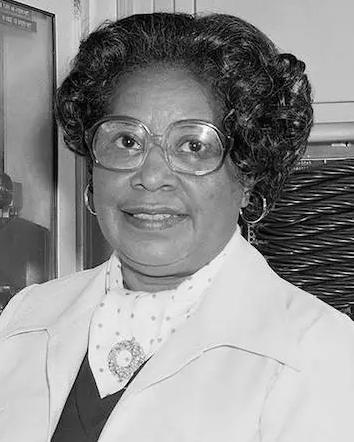
Photo credit:
Gwendolyn Brooks
(1917-2000)

Gwendolyn Brooks was a Black poet and the first Black author to win a Pulitzer Prize in 1950, as well as first Black woman to be the poetry consultant to The Library on Congress. Brooks’ work centered around political consciousness during the civil rights era. Her most known pieces are Annie Allen (1949) and A Street in Bronzeville (1945).











